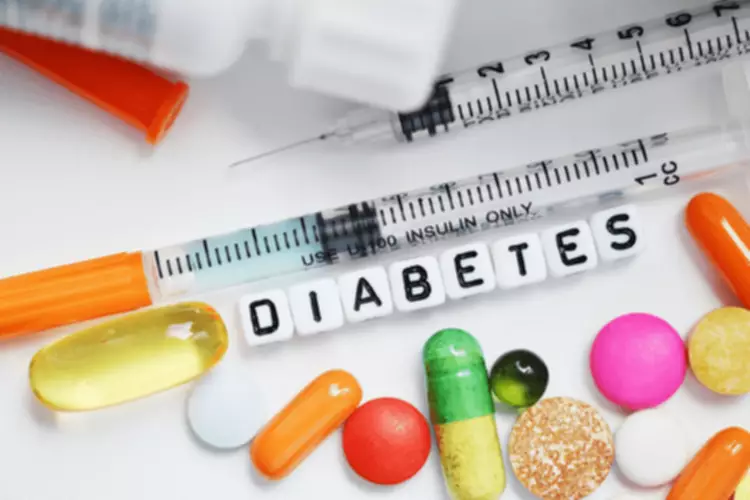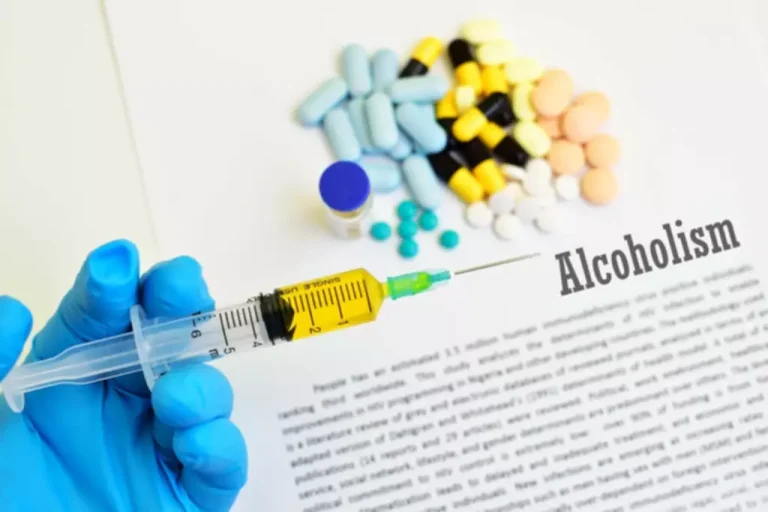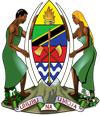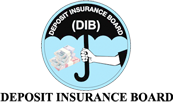How to Identify and Cope With Your PTSD Triggers

Internal triggers refer to emotional or psychological states that evoke thoughts or cravings related to substance use. They originate from within and are often linked to personal feelings or memories. For someone who has suffered from physical or emotional abuse as a child, opioids may become their drug of choice, because opioids help to suppress https://ecosoberhouse.com/article/dealing-with-internal-and-external-relapse-triggers/ emotional pain. A heroin addiction treatment center would likely provide family therapy and cognitive behavioral therapy to help the client to learn to address emotional pain without the need for opioids. If you are starting to consider relapse, you may find that you are exposing yourself to possible triggers, even subconsciously.
- After addiction treatment, people who have faced alcohol and drug abuse now have the opportunity to implement a relapse prevention plan to maintain sobriety.
- Fear, guilt, shame, anger and depression are common internal triggers.
- Some people cope with stressful events more easily than others; consider the impact such events might have on people with mental illnesses.
- In a traditional substance abuse treatment program, they may recommend sharing about your feelings in group meetings, to get things out in the open.
- They can also look different for each individual and could be a person, place, situation, or even an object.
- Getting appropriate treatment for these conditions will go a long way toward helping you process negative emotions and feelings of intense anxiety.
Step 1: Look for the Discomfort That Precedes the Distraction, Focusing In on the Internal Trigger
Individuals may suffer from uncontrollable drug or alcohol cravings when exposed to certain cues. The cravings act as a reflex to external or internal triggers, and this response can even affect individuals who have abstained from drugs or alcohol for a long time. Addiction relapse triggers in drug and alcohol abuse recovery are quickly becoming a major concern for inpatient and outpatient treatment addicts. Substance abuse triggers are internal and external cues that cause a person in recovery to crave drugs and often relapse or lapse. While you don’t necessarily need to cut yourself off from friends and family who aren’t sober, the less you are put in tempting situations, the better chance you have of staying in recovery.
Top Movies About Drug Addiction: Which Movie Inspired You Most?
- Identifying a relapse trigger, and learning how to deal with it, is an important step in the relapse prevention process.
- You might be surprised at how people find excuses to hold on to connections with people who threaten their recovery.
- By attending therapy sessions once a week, you will be able to sit and talk with someone who can listen and provide valuable insight.
These triggers are thoughts or emotions that make you want to use drugs. The best way to deal with this relapse trigger is to have a strong support network. Reach out to family members or friends who are safe and encouraging or join a support group.
Seeking Help In Recovery
- When you are exposed to a potential trigger, the cravings will pass within a few hours if you resist the urge to relapse.
- Recognizing and managing triggers is crucial for anyone navigating the recovery process from addiction.
- Exercise can serve as a healthy outlet for the emotions that often arise from cravings and other triggers.
Immersing yourself in something you enjoy, whether it’s kayaking, painting, crafting, golfing, or crafting something new in the kitchen, can help you cope with unwanted feelings and thoughts. It can be hard for those in recovery to realize they do deserve happiness and to enjoy the little things in life. If you are feeling stuck, lonely, or fear certain triggers are on the horizon, get out and enjoy yourself. Practicing mindfulness in recovery helps you develop the ability to stop, reflect, and choose how you want to react by shifting your focus inward.

An internal trigger is something going on inside our minds or bodies that promotes the urge to relapse. Whereas external triggers are defined as people, places and things; internal triggers generally fall under hunger, anger, loneliness or fatigue. A relapse trigger, whether internal or external, is something that sets off cravings in recovering individuals. internal and external triggers examples Failure to address and maintain these triggers during the recovery process only serves to increase the risk of relapse. Triggers can be a wide range of things and will vary from person to person as they are linked to personal experiences. Internal triggers are emotions or thoughts, whereas external triggers are something seen or heard.
- Therapy tends to take time, so having patience with yourself and the process can be essential to long-term success.
- These are the people who will be there for you, holding you accountable and providing much-needed encouragement when facing moments of vulnerability.
- If you find yourself in high risk situations that could trigger a relapse, you should immediately reach out to someone that you can trust and who is supportive of your recovery.
- Internal triggers are experienced in the form of emotions and thoughts and can be difficult to cope with.



